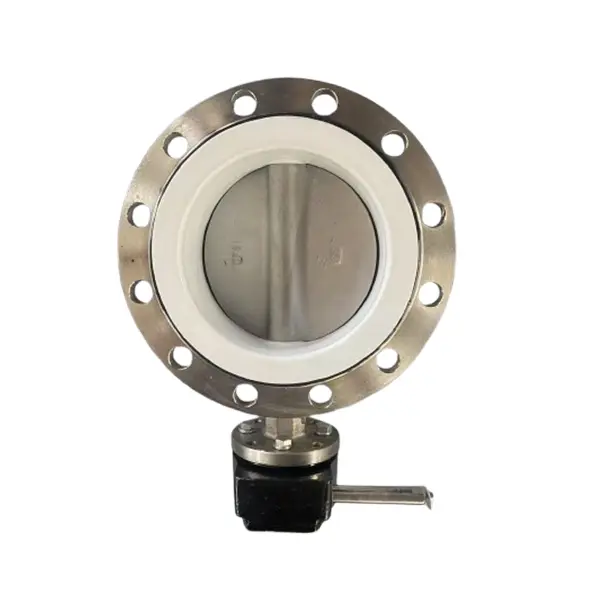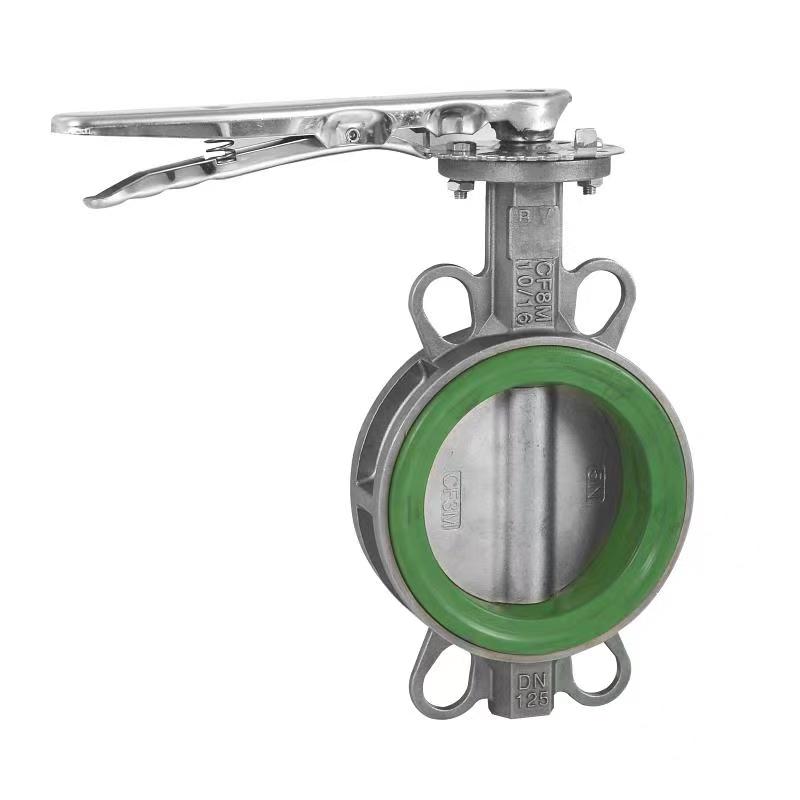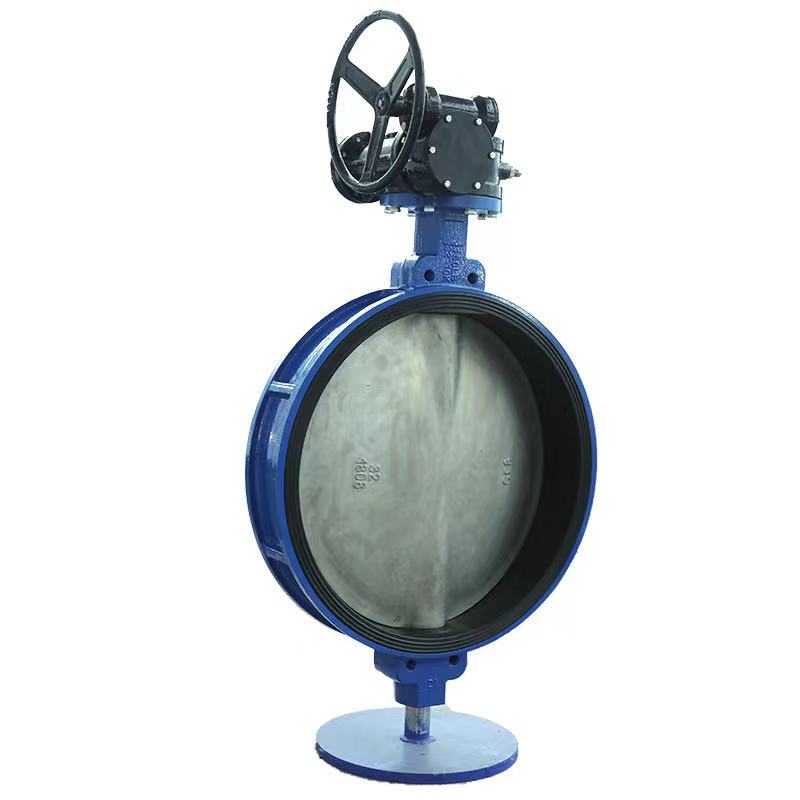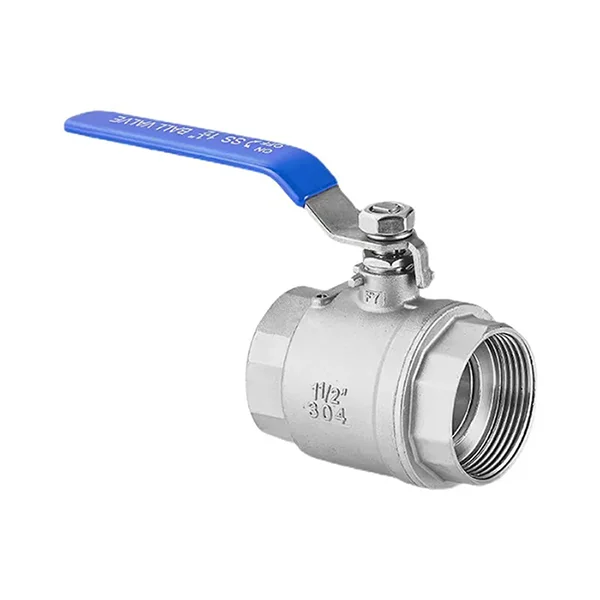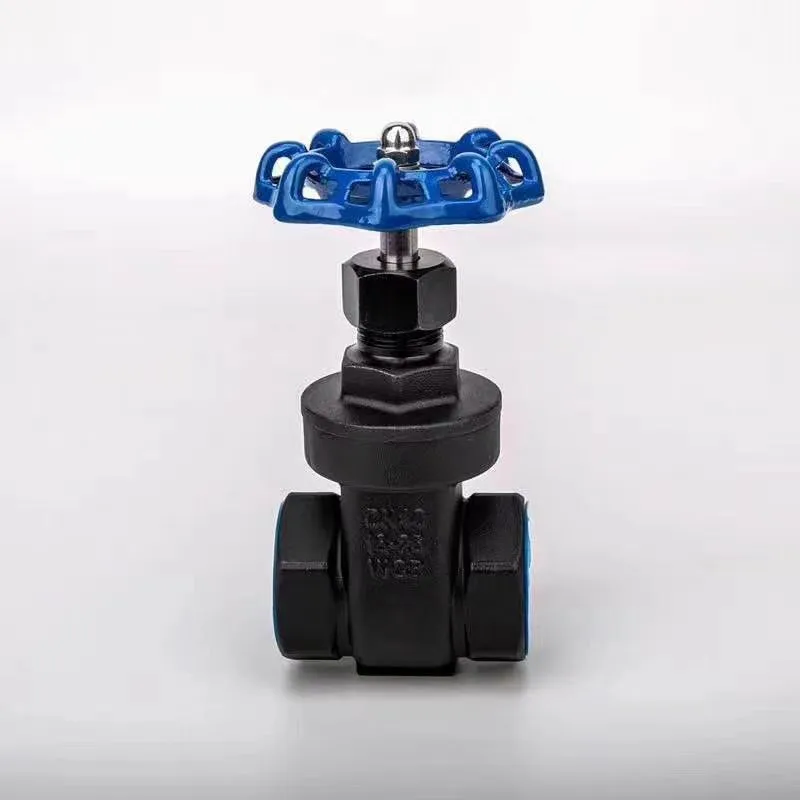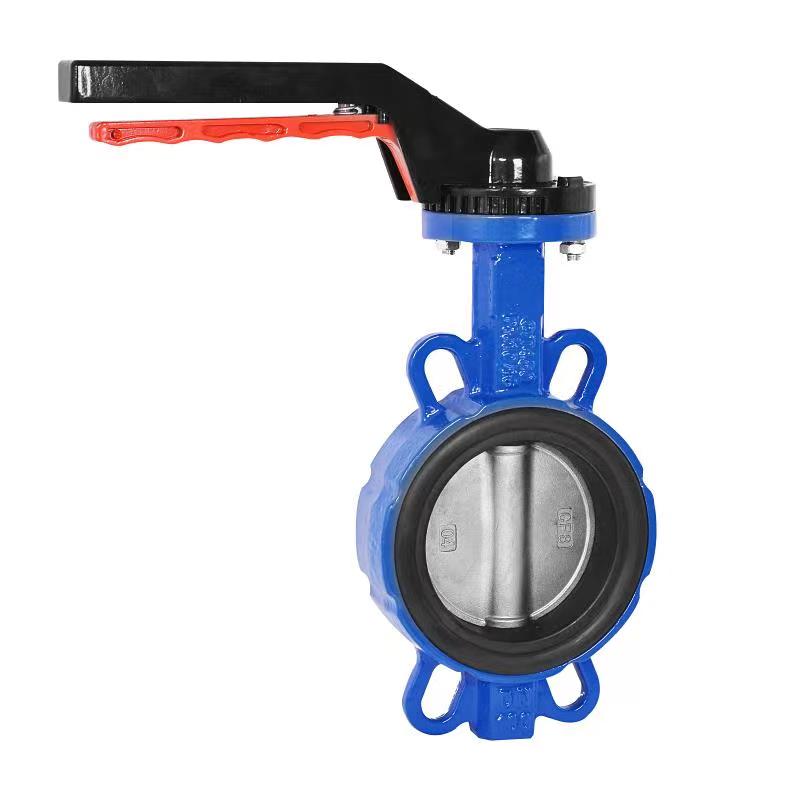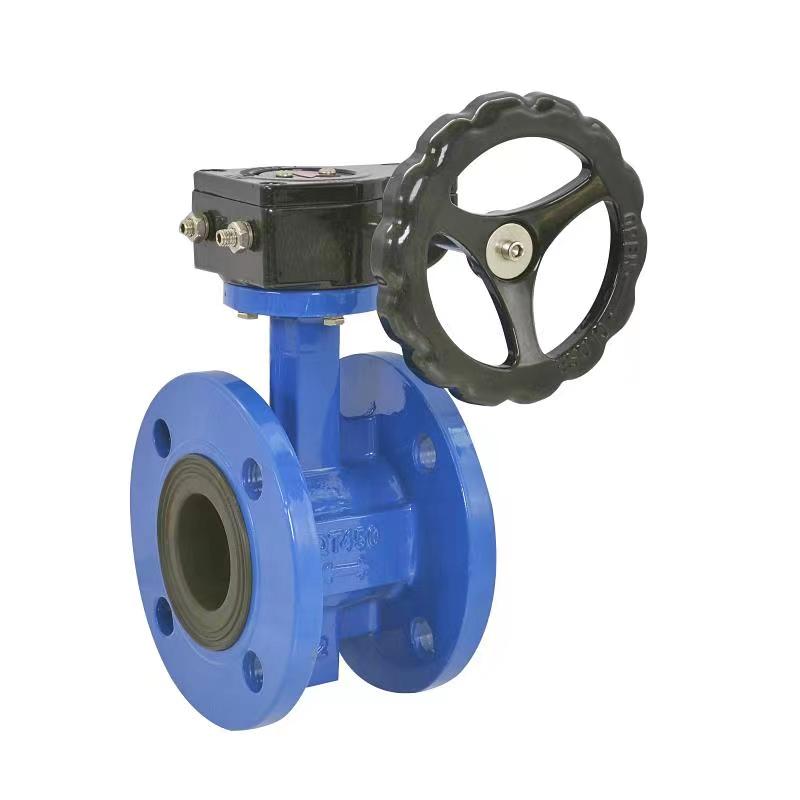- English
- Español
- Português
- русский
- Français
- 日本語
- Deutsch
- tiếng Việt
- Italiano
- Nederlands
- ภาษาไทย
- Polski
- 한국어
- Svenska
- magyar
- Malay
- বাংলা ভাষার
- Dansk
- Suomi
- हिन्दी
- Pilipino
- Türkçe
- Gaeilge
- العربية
- Indonesia
- Norsk
- تمل
- český
- ελληνικά
- український
- Javanese
- فارسی
- தமிழ்
- తెలుగు
- नेपाली
- Burmese
- български
- ລາວ
- Latine
- Қазақша
- Euskal
- Azərbaycan
- Slovenský jazyk
- Македонски
- Lietuvos
- Eesti Keel
- Română
- Slovenski
- मराठी
- Srpski језик
- Esperanto
- Català
- שפה עברית
- Cymraeg
- Latviešu
- icelandic
- ייִדיש
- беларускі
- Hrvatski
- Kreyòl ayisyen
- Shqiptar
- Malti
- lugha ya Kiswahili
- አማርኛ
- Bosanski
- Frysk
- ភាសាខ្មែរ
- ქართული
- ગુજરાતી
- Hausa
- Кыргыз тили
- ಕನ್ನಡ
- Corsa
- Kurdî
- മലയാളം
- Maori
- Монгол хэл
- Hmong
- IsiXhosa
- Zulu
- Yoruba
- অসমীয়া
- ଓଡିଆ
- Twi
- Samoa
- Sesotho
- සිංහල
- Gàidhlig
- Cebuano
- Somali
- Тоҷикӣ
- O'zbek
- Hawaiian
- سنڌي
- Shinra
- Հայերեն
- Igbo
- Sundanese
- Lëtzebuergesch
- Malagasy
- Tǝlam Kanuri
- Punjabi
- پښتو
- Chichewa
What is the purpose of a check valve?
Check valve, also known as check valve or one-way valve, is an essential component in fluid control systems. Its core purpose is to prevent medium backflow, ensure one-way fluid flow, protect equipment, and maintain stable system operation.
In pipeline systems, check valves achieve anti backflow function through automatic opening and closing of valve discs. When the medium flows forward, the pressure pushes the valve disc to open, allowing the fluid to pass smoothly; Once the medium flows back, the valve disc quickly closes under the dual action of its own weight and backflow pressure, cutting off the backflow path. For example, in oil and gas pipelines, check valves can effectively prevent the backflow of liquids or gases, avoiding the risk of damage or even explosion to the pipeline system; In chemical production, it can prevent the backflow of corrosive media and protect equipment from chemical erosion.
Check valves have a wide range of application scenarios, covering both industrial and civilian fields. As the bottom valve of the pumping device, it can prevent water from flowing back and ensure the continuous and stable operation of the water pump; When used in combination with a shut-off valve, it can achieve safe isolation and prevent cross contamination of the medium. In addition, check valves can also be used for auxiliary system supply pipelines. When the system pressure may exceed that of the main system, it can automatically prevent medium backflow and ensure system safety.
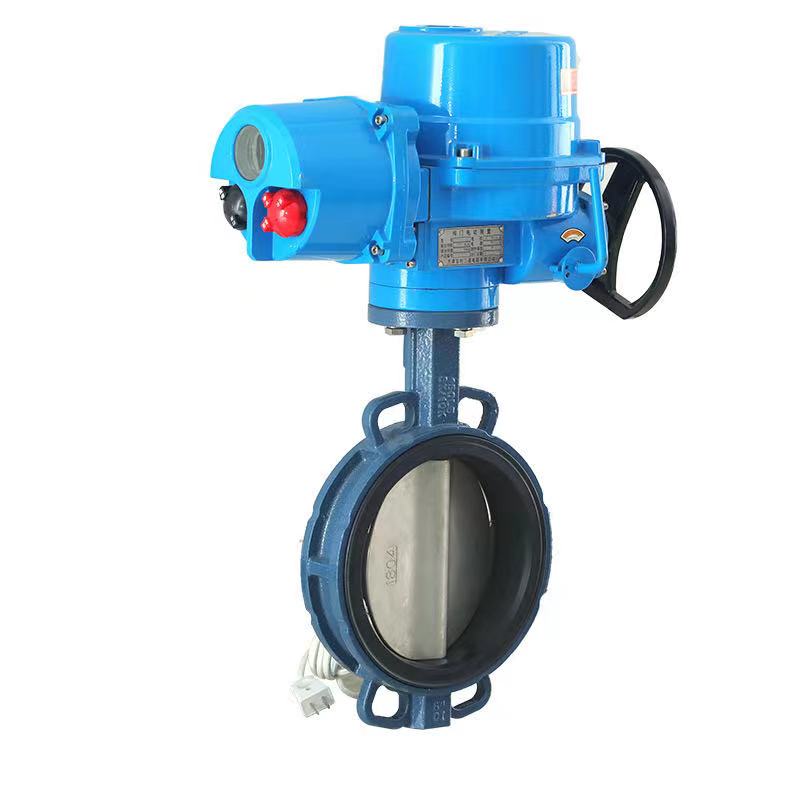
From the perspective of structural classification, check valves mainly include three types: swing type, lift type, and butterfly type. Rotary check valve relies on the valve disc rotating around the axis to achieve opening and closing, suitable for low flow rate or fluid with little change; The valve disc of the lift check valve slides along the vertical centerline of the valve body, resulting in better sealing but greater fluid resistance; The butterfly check valve has a simple structure, but its sealing performance is relatively weak. Check valves with different structures can be selected based on the characteristics of the medium, pipeline layout, and system requirements.
In terms of installation and maintenance, the directionality of check valves is crucial, and it is necessary to ensure that the direction of medium flow is consistent with the direction of the valve body arrow. At the same time, it is necessary to avoid cutting or welding on the installed check valve to avoid damaging the valve body and sealing surface. Regularly checking the working status of check valves and promptly replacing or repairing abnormal components are key to ensuring the long-term stable operation of the system.
Related News
- What are the requirements for installing ball valves?
- Is there a strict requirement for the installation direction of ball valves?
- Can check valves prevent pump reversal
- What scenarios are check valves suitable for?
- What should I do if the check valve cannot stop the water?
- What should I do if there is leakage inside the check valve
Leave me a message
New Products






